Disclosure: This article contains affiliate links. We may earn a commission from purchases at no extra cost to you, which helps our travel content.
At sixty-four, with a lifetime of global financial meetings behind me, I find myself drawn to destinations that offer stark contrasts—places that challenge my perceptions and expand my cultural understanding. This spring, I embarked on perhaps my most ambitious comparative journey yet: two weeks split between Caracas, Venezuela, and Prague, Czech Republic. Two cities that, on paper, share little beyond their status as national capitals. One pulsates with Latin American vitality amid challenging circumstances; the other stands as a preserved medieval jewel in Central Europe's crown. As someone with Japanese-Mexican heritage who has spent decades in American boardrooms, I've always been fascinated by how different cultures express themselves through public performance and traditional arts. This journey would test my adaptability as a seasoned traveler while offering rich material for the cultural journals I maintain for my grandchildren.
Caracas: Navigating Complexity with Cultural Rewards
Let me be direct: Caracas is not for the faint of heart or the novice traveler. The Venezuela I encountered this spring bears little resemblance to the country I first visited in the early 1990s while negotiating energy sector investments. Today's Caracas demands vigilance, local connections, and advance planning—yet rewards the persistent with extraordinary cultural riches.
I stayed at Hotel Altamira Suites in the relatively secure Chacao district, having arranged a trusted driver through former business associates. This mid-range accommodation offers reasonable security without isolation from authentic Venezuelan life. The neighborhood maintains a vibrant cultural scene despite the country's challenges.
My financial analyst's eye couldn't help but note the practical impacts of hyperinflation—prices changing daily, the necessity of carrying U.S. dollars, and the creative resilience of local businesses adapting to economic instability. Yet amid these challenges, Caracas's artistic soul flourishes with remarkable vigor.
The Teatro Teresa Carreño—a modernist concrete masterpiece—hosted a performance of the Venezuelan Symphony Orchestra that moved me to tears with its technical excellence and emotional resonance. These musicians, many performing with instruments showing visible repairs, delivered a Mahler symphony with precision that would impress any international audience. The juxtaposition of economic hardship with artistic transcendence exemplifies Caracas's complex reality.
For street performances, the Plaza Los Palos Grandes offered weekend showcases of joropo dancers whose intricate footwork rivals any flamenco performance I've witnessed in Spain. I spent hours sketching their movements in my travel journal, attempting to capture the energy that defies Venezuela's difficulties.

💡 Pro Tips
- Exchange currency only through your hotel or official channels—street exchanges can be dangerous
- Hire drivers through trusted sources rather than hailing taxis
- Visit museums and cultural venues on weekday mornings when security is optimal
Prague: Medieval Elegance with Modern Sensibilities
Arriving in Prague after Caracas created cognitive dissonance that took days to process. The ordered beauty of Prague Castle overlooking the Vltava River presented such a stark contrast to Caracas's chaotic vitality that I found myself constantly making mental comparisons in my travel notebook.
I selected the boutique Hotel Clementin in Prague's Old Town—a 14th-century building that claims to be the narrowest preserved house in Prague. At my age, I appreciate accommodations with character over cookie-cutter luxury. The slightly uneven floors and centuries-old wooden beams reminded me that true travel means embracing the authentic over the convenient.
Prague's street performance scene offers a fascinating counterpoint to Caracas. Where Venezuelan performers exude raw emotional energy, Prague's street artists often display technical mastery honed through formal conservatory training. On Charles Bridge, I encountered a string quartet performing Bach with precision that would honor any concert hall, while just meters away, a puppeteer manipulated marionettes in a centuries-old Czech tradition.
As someone who has tracked financial trends for decades, I couldn't help but notice Prague's evolution from post-Soviet recovery to EU integration. The city now balances preservation with progress more effectively than many Western European capitals. Yet unlike Caracas, where economic challenges create a certain authentic rawness, Prague sometimes risks becoming a museum of itself—particularly in areas most frequented by tourists.
For those seeking authentic cultural experiences, venture beyond Old Town Square to neighborhoods like Vinohrady or Karlín. Here, contemporary Czech culture thrives in cafés where literary discussions unfold and small galleries showcase works that wouldn't feel out of place in Berlin or London.
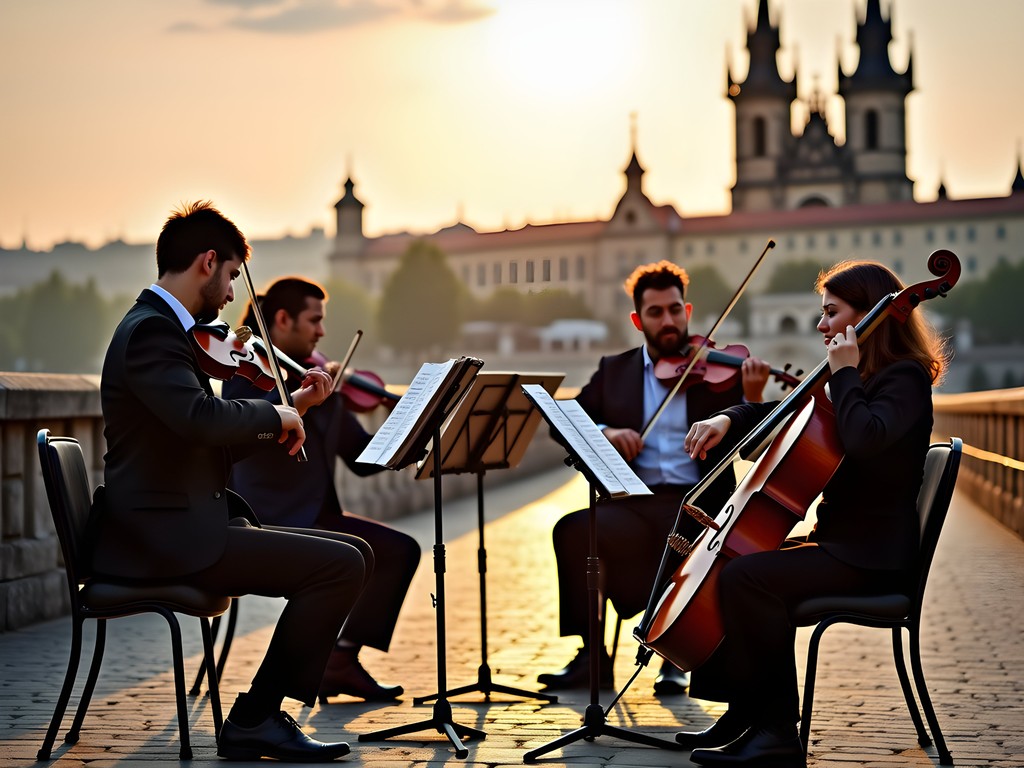
💡 Pro Tips
- Visit Prague Castle before 9am to avoid the overwhelming crowds
- Explore neighborhoods beyond the tourist core—Karlín offers authentic Czech culture with fewer visitors
- Purchase a three-day public transportation pass rather than relying on taxis
Cultural Preservation: Lessons from Two Approaches
My professional life in finance taught me that numbers tell stories—and the contrasting approaches to cultural preservation in these cities tell fascinating tales indeed.
In Caracas, preservation occurs despite limited resources. At the Museo de Bellas Artes, I observed conservators working with makeshift tools to maintain priceless pre-Columbian artifacts. When I inquired about their methods, a young conservator explained they often create their own conservation materials due to import restrictions. This resourcefulness reflects Venezuela's broader pattern of cultural resilience.
Meanwhile, Prague's preservation efforts benefit from UNESCO funding and EU integration. The meticulously restored astronomical clock in Old Town Square represents an approach to heritage that combines technical precision with substantial financial backing. Yet sometimes this very perfection creates a sense of distance—history preserved under glass rather than living and breathing.
What struck me most was how both cities maintain vibrant calligraphy traditions that resonated with my Japanese heritage. In Caracas, I discovered a small gallery near Sabana Grande showcasing contemporary artists who incorporate traditional Spanish calligraphy into political commentary. Their brushwork—sometimes using homemade inks on repurposed materials—carried emotional urgency.
In Prague, the Strahov Monastery library houses medieval manuscripts with calligraphy of extraordinary precision. I spent hours examining these works with my portable magnifier, appreciating the monks' dedication to perfection. The monastery also offers calligraphy workshops where I spent a delightful afternoon learning Czech manuscript techniques from a master who had studied the craft for over forty years.
Both approaches—Caracas's adaptive resourcefulness and Prague's institutional preservation—offer valuable lessons about maintaining cultural continuity under different circumstances. As someone who has spent a lifetime bridging cultures, I find myself drawn to both models, recognizing that preservation takes many forms.

💡 Pro Tips
- Book specialized cultural workshops at least two weeks in advance
- Bring small denominations of local currency for supporting street artists
- Learn basic greetings in Czech and Spanish—cultural respect opens many doors
Navigating Safety and Logistics: A Tale of Contrasts
After decades of business travel to emerging markets, I've developed systems for risk assessment that served me well in both cities—though with dramatically different applications.
In Caracas, safety concerns are unavoidable realities. I maintained low visibility by dressing modestly, wearing my travel security wallet under clothing, and avoiding smartphone use in public. I carried a decoy wallet with small denominations for daily expenses. These precautions allowed me to explore neighborhoods like El Hatillo and La Candelaria with reasonable security.
Transportation in Caracas requires advance planning. I never hailed street taxis, instead arranging rides through my hotel or trusted contacts. For longer journeys, I hired a recommended driver who became not just transportation but a cultural interpreter, explaining the complex social dynamics unfolding around us.
Prague presents entirely different logistical challenges. Physical safety is rarely a concern, but the sheer volume of tourism creates its own complications. The historic core can become so congested during peak hours that meaningful cultural engagement becomes impossible. My strategy involved exploring major sites before 9am or after 6pm, while spending midday in residential neighborhoods where Czech daily life continues unaffected by tourism.
Prague's excellent public transportation system—a stark contrast to Caracas's unpredictable options—makes this approach feasible. I purchased a three-day transit pass and mastered the metro and tram systems within hours. This mobility allowed me to discover gems like the DOX Centre for Contemporary Art in Holešovice, where few tourists venture despite its world-class exhibitions.
In both cities, I found that my age and international background often worked to my advantage. In Caracas, being an older visitor with business experience made me less of a target and opened conversations with locals curious about my perspective. In Prague, it helped distinguish me from the younger backpacker crowd, leading to more meaningful interactions with Czech residents who appreciated my interest in their cultural heritage beyond the tourist highlights.
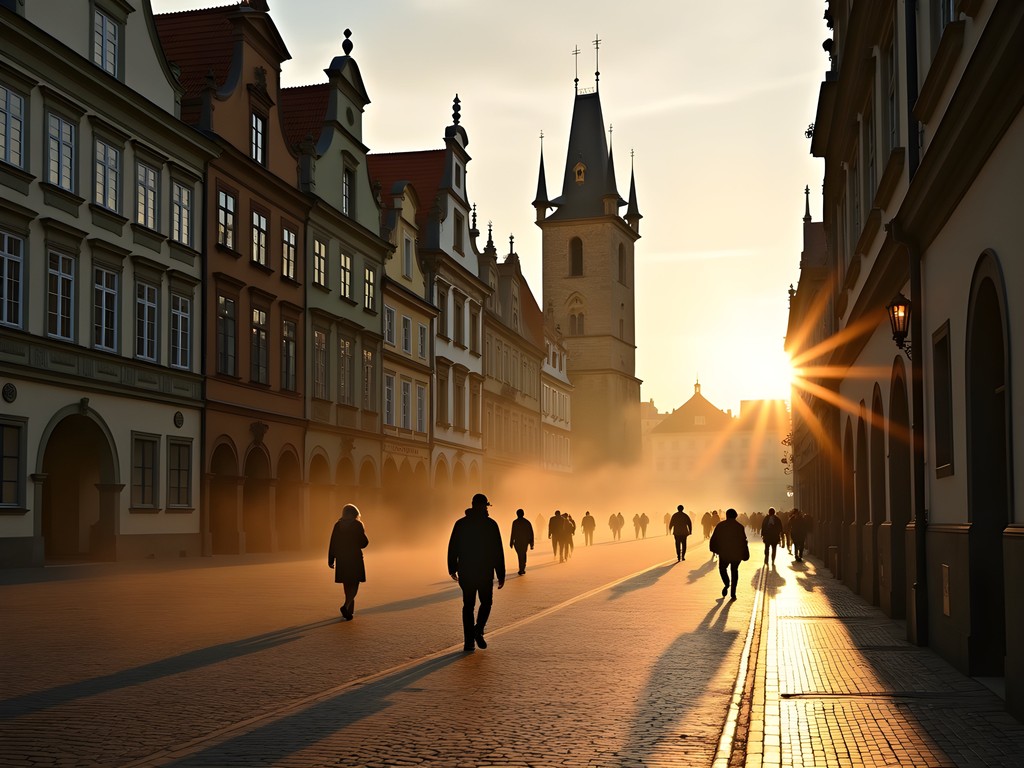
💡 Pro Tips
- In Caracas, always have your hotel call taxis rather than hailing them on the street
- Carry a photocopy of your passport rather than the original document when exploring either city
- In Prague, purchase transit tickets from official machines or apps—avoid street vendors selling 'discounted' passes
Culinary Journeys: From Arepas to Svíčková
My Japanese-Mexican heritage has blessed me with an adventurous palate, which served me well navigating these contrasting culinary landscapes. In Caracas, despite economic challenges, food remains central to Venezuelan identity and social life.
Arepas—corn cakes split and filled with various ingredients—form the cornerstone of Venezuelan cuisine. At Arepa Café in Altamira, I enjoyed them with traditional fillings like shredded beef (carne mechada) and black beans with white cheese (dominó). What struck me was how these simple ingredients created complex flavors through careful preparation.
Even more revealing were the home-cooked meals I experienced through connections made at cultural events. A calligrapher I met invited me to his family's Sunday lunch, where three generations gathered to prepare hallacas (similar to tamales) using a recipe passed down for generations. The care with which his grandmother seasoned each component reminded me of my Mexican mother's approach to cooking—precise yet guided by instinct rather than measurement.
Prague's cuisine tells different stories—of a landlocked nation that developed hearty dishes to sustain through harsh winters. At Lokál Dlouhááá, I sampled svíčková (marinated beef with creamy sauce) and witnessed Czech beer culture firsthand. The restaurant's tank beer system delivers unpasteurized Pilsner Urquell directly from the brewery—a freshness impossible to replicate elsewhere.
Both cities revealed their histories through food. In Caracas, the fusion of indigenous, African, and European techniques reflects Venezuela's complex colonial past. Prague's cuisine bears the influence of neighboring German, Austrian, and Hungarian traditions while maintaining distinct Czech identity.
I document these culinary experiences in my food journal, noting not just flavors but cultural context. These notes later become the foundation for cooking experiments with my grandchildren—perhaps the most meaningful souvenirs I bring home.
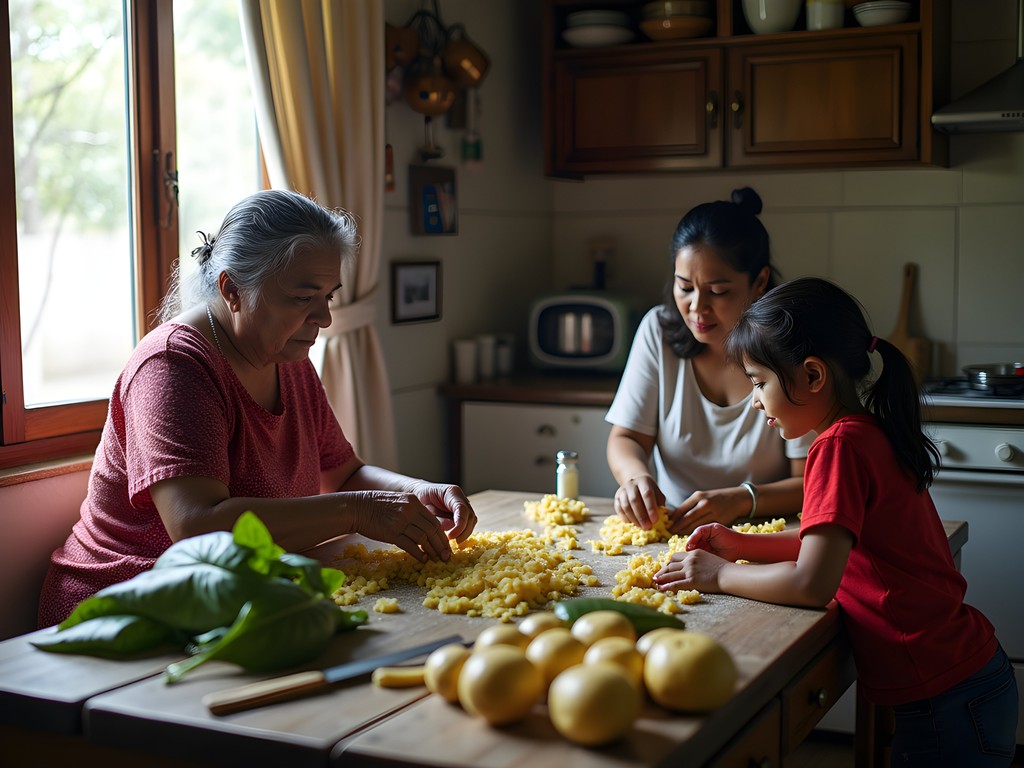
💡 Pro Tips
- In Caracas, small family-run restaurants often offer better value and authenticity than hotel dining
- Czech portion sizes are generous—consider sharing dishes to sample more varieties
- Both cities have excellent coffee cultures—seek local cafés rather than international chains
Final Thoughts
As my two-week journey between these contrasting capitals concluded, I found myself reflecting on how different societies maintain cultural identity under varying circumstances. Caracas demonstrates resilience—creating beauty and preserving traditions despite profound challenges. Prague shows how careful stewardship can preserve centuries of heritage while integrating into modern European identity. Both approaches have merit; both face distinct threats.
For the solo traveler willing to embrace complexity, this tale of two cities offers profound rewards. You'll need different skills for each—street-savvy vigilance in Caracas, crowd-navigation patience in Prague—but the cultural insights gained are well worth the effort. As I return to my quieter life in Omaha, these contrasting experiences continue to inform my understanding of how art, performance, and tradition survive across different economic and political landscapes. This, perhaps, is the most valuable souvenir I can share with my grandchildren—that beauty and cultural expression persist, adapting to circumstances while maintaining essential character.
✨ Key Takeaways
- Cultural resilience takes different forms depending on local circumstances
- Morning exploration yields the most authentic experiences in both cities
- Personal connections transform tourist experiences into cultural exchanges
- Both cities maintain vibrant street performance traditions despite vastly different contexts
📋 Practical Information
Best Time to Visit
March-May for both cities (spring)
Budget Estimate
$100-150/day (Prague), $80-120/day (Caracas) excluding flights
Recommended Duration
5-7 days per city
Difficulty Level
Challenging (Caracas), Moderate (Prague)

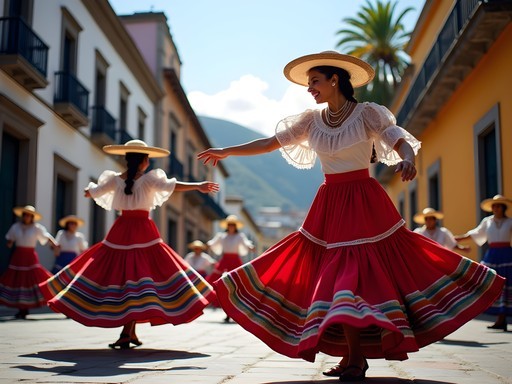
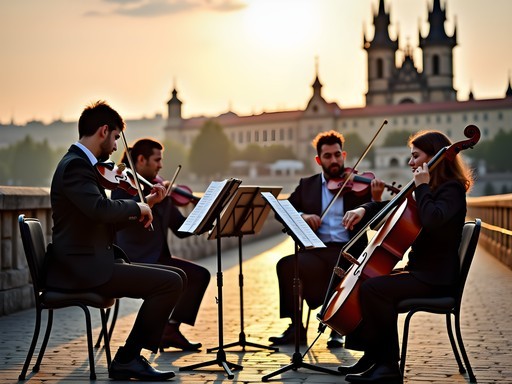
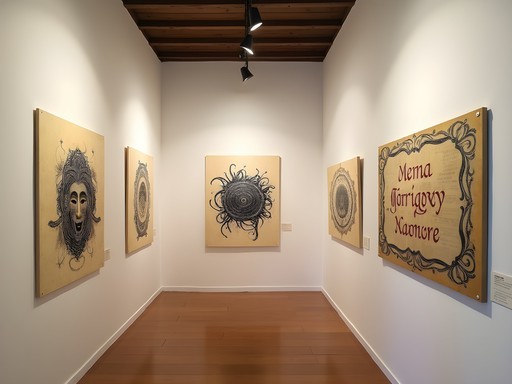

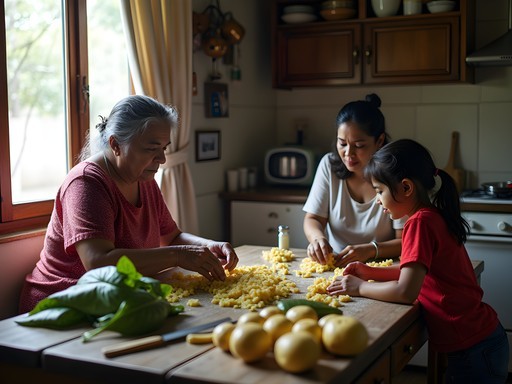


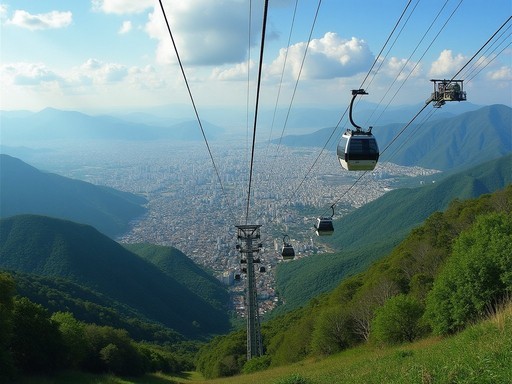
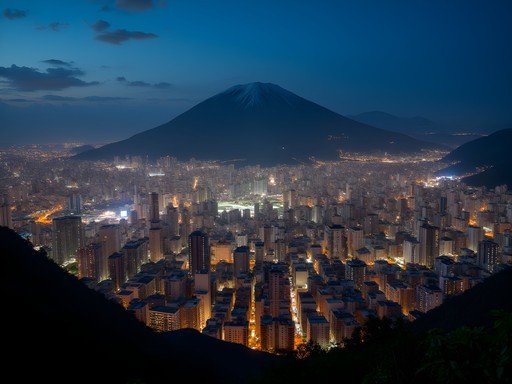

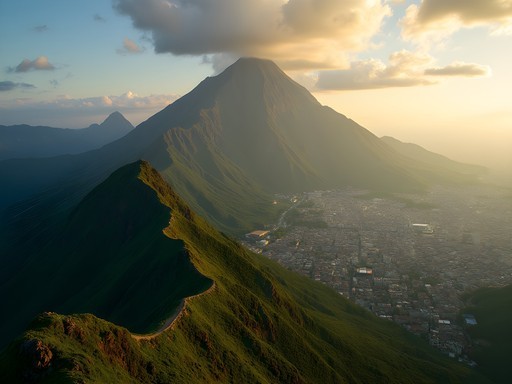
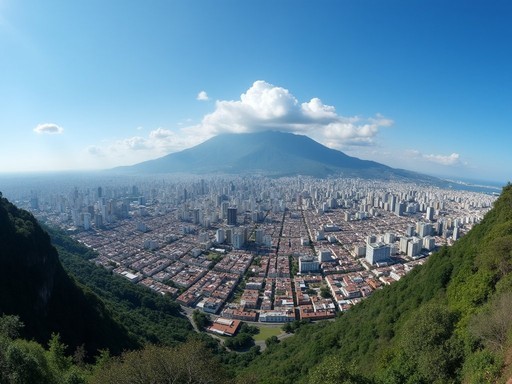
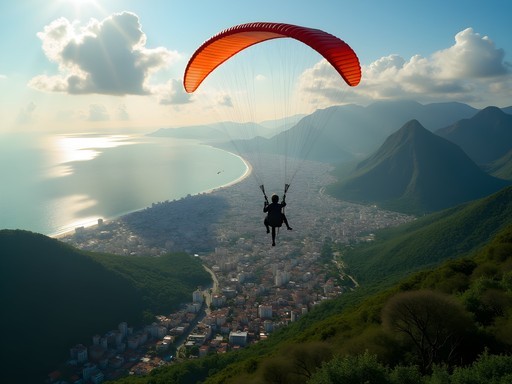
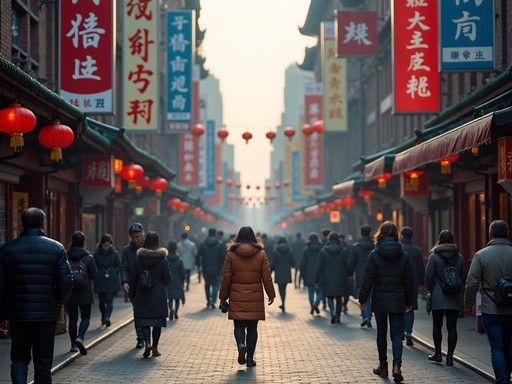
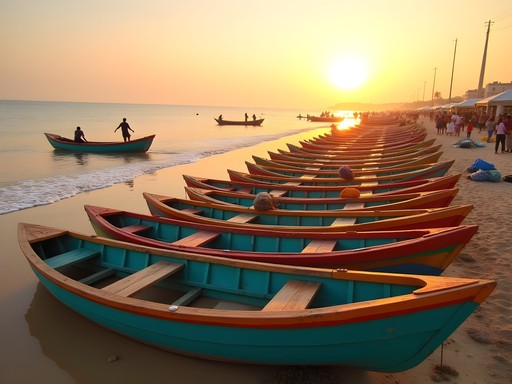
Comments
Casey Andersson
Oliver, thank you for this thoughtful comparison between two cities that rarely get mentioned together! I stayed in both cities last year and found your observations remarkably accurate. For anyone heading to Caracas, I'd add that arranging transportation through your hotel is essential - I used travel security app which was invaluable for real-time safety updates. In Prague, I'd recommend exploring beyond the castle district - Vinohrady has some amazing local restaurants where you'll pay half what you would in the tourist areas. The contrast between these cities' approaches to preservation is something I've been thinking about a lot lately in my own travels.
exploreseeker968
I visited Prague last summer and was blown away by how they've maintained the historical architecture while still feeling modern. The contrast with Caracas is really interesting. Did you try the street food in either city? In Prague I couldn't get enough trdelník!
redstar
OMG those chimney cakes in Prague are AMAZING!!! 😍 I gained like 5 pounds just from those alone lol
Sophia Gomez
Oliver, your perspective as a seasoned traveler really shines through here. I was in Caracas last year for a business conference and experienced that same jarring contrast between the vibrant cultural scene and the underlying tensions. The Teatro Teresa Carreño was a highlight for me too! I found that having local colleagues made all the difference in navigating the city safely. Prague, on the other hand, feels like stepping into a fairytale, doesn't it? The preservation efforts in Prague's Old Town are something many cities could learn from. Your comparison of how each city maintains its cultural identity despite different pressures is spot on.
bluediver
Fascinating comparison! I've been to Prague but never brave enough to try Caracas. Did you feel safe there?
Oliver Takahashi
With proper precautions and local contacts, I felt reasonably secure. The key was avoiding certain areas and not displaying valuables. The cultural rewards were worth the extra vigilance.
bluediver
Thanks for the insight! Maybe I'll reconsider with the right preparation.
coffeelife
Great comparison of these cities! I'm planning a similar contrasting cities trip. Between the two, which had better coffee culture? And did you find the language barrier challenging in either place?
Oliver Takahashi
Username checks out! Prague has a flourishing third-wave coffee scene - try Můj šálek kávy if you go. Caracas surprised me with excellent local coffee, especially at Café Arábica. Language-wise, tourist areas in Prague have good English, while in Caracas, basic Spanish was essential. I used a pocket translator device occasionally in Venezuela.
wildrider
The coffee in Caracas is insanely good! Venezuela produces some amazing beans. Just bring cash - card payments were hit or miss when I visited.
Claire Hawkins
Oliver, your perspective as a 64-year-old traveler is so refreshing! I visited both cities last year with my family and was struck by similar contrasts. In Prague, my kids were mesmerized by the astronomical clock and castle, while in Caracas, it was the vibrant street art and music that captured their imagination. I particularly appreciate your insights on cultural preservation - the way Caracas maintains its identity despite challenges is remarkable. We used Rick Steves Prague for our European leg, but found Venezuela required more on-the-ground adaptation. Your observation about how different economic circumstances shape cultural experiences resonates deeply with what we witnessed. Beautiful writing!
Oliver Takahashi
Thank you, Claire! How wonderful that you experienced these cities with your family. Children often notice cultural nuances that we adults might miss. I'm curious - how did your kids react to the different food traditions?
Claire Hawkins
They surprised us! In Prague they were obsessed with trdelník (those chimney cakes), but in Caracas they couldn't get enough arepas. My youngest still asks for them weekly!
starhero
How difficult was it to arrange travel to Venezuela right now? I've heard mixed things about visas and safety.
Oliver Takahashi
It required more advance planning than Prague, certainly. I worked with a reputable travel agency that specializes in South America. The visa process took about 6 weeks, and I arranged airport pickup in advance. The logistics were complex but manageable with proper preparation.
coffeelife
I went last year and used a local fixer - absolute game changer. Worth every penny for peace of mind and they knew all the best spots that aren't on typical tourist routes.
wildrider
Prague is magical in winter! Did Caracas in 2019, totally different vibe but equally amazing.
photostar
Wow Oliver, what an amazing contrast between these two cities! I've been dreaming of visiting Prague forever but never considered Caracas. Those photos of the colonial architecture in Caracas are stunning - completely different from what I imagined! Did you feel safe walking around with your camera there? The food pics from both places have me drooling too!
Oliver Takahashi
Thanks photostar! In Caracas, I was cautious but not fearful. I used a discreet camera bag and mainly photographed in well-populated areas during daylight. Having a local guide for the first two days helped tremendously with understanding which areas were appropriate for photography.
photostar
That makes sense! I might stick with Prague for now, but you've definitely made me curious about Venezuela for the future!
Hannah Woods
Oliver's comparison really highlights something I've noticed in my travels - how economic circumstances shape cultural preservation. In Caracas, I found that necessity has preserved traditions in a way that feels organic. People make and repair things rather than replace them, cooking remains deeply traditional, and community bonds seem stronger. Prague's preservation feels more deliberate and curated. Both approaches have merit, but there's something profoundly authentic about how Venezuelan culture persists despite (or perhaps because of) challenges. I wonder if others have noticed this pattern in other contrasting destinations?
Venture X
Premium card with 2X miles, $300 travel credit, Priority Pass